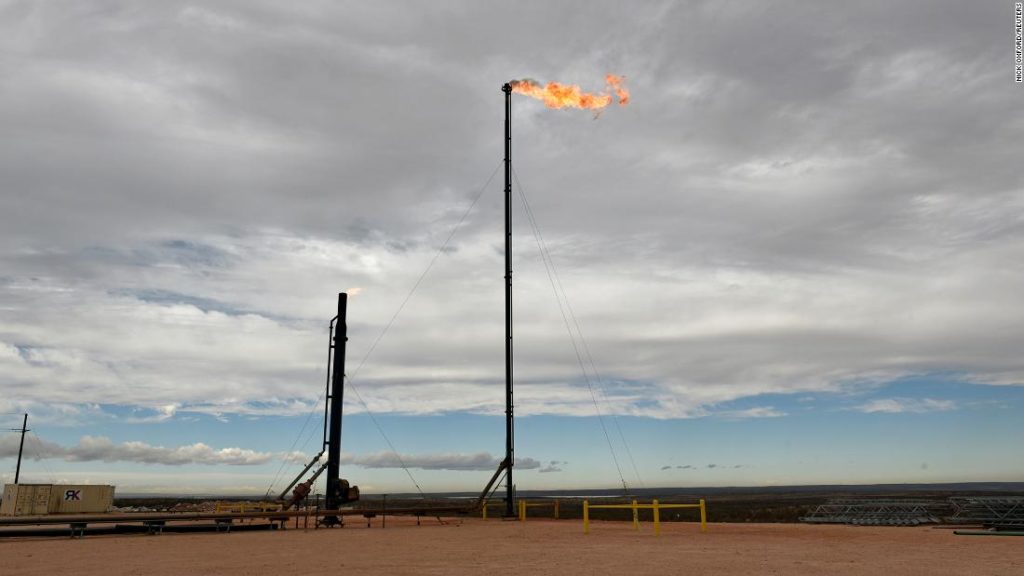The natural gas market is depressed, with gas trading at about $3 per million British thermal units — less than half the price at the time Exxon swooped in to buy XTO. Natural gas peaked in late 2005 at more than $15 per million BTU.
But today the world has a glut of natural gas due to the shale boom that unlocked vast amounts of fossil fuels in the United States.
Exxon’s “colossal gas asset impairment” is management’s “clearest acknowledgement to date that the XTO deal was an epic failure — not that any reminders of this are needed,” Raymond James analyst Pavel Molchanov wrote in a note to clients Tuesday.
The bulk of the writedown covers properties in Appalachia, the Rockies, Texas, Oklahoma, Louisiana and Arkansas that were acquired in the XTO deal. The rest of the charge is for overseas gas properties in western Canada and Argentina.
But not only is Exxon slashing the value of its natural gas portfolio, the company has completely removed some of these gas properties from its development plan. Exxon said in a statement that it may sell some of these assets, “contingent on buyer valuations.”
Shrinking the budget
Instead of plowing more money into natural gas, Exxon is promising investors it will “prioritize near-term capital spending on advantaged assets with the highest potential future value.”
Specifically, Exxon said it will focus on developing its vast oil resources in Guyana, accelerating production in the Permian Basin of West Texas and some exploration in Brazil.
‘Precarious position’
Wall Street is hoping the belt-tightening and a more conservative budget will be enough to save Exxon’s dividend, which is critical to its appeal to investors. But analysts are skeptical. This year marks the first time since 1982 that Exxon failed to increase its dividend.
Molchanov, the Raymond James analyst, warns that “Exxon cannot fund its dividend in 2021” without additional borrowing or asset sales.
For now, the capital markets are wide open and Exxon should be able to borrow to fund the dividend. But that can’t last forever.
“It’s a question of how much debt they want to take on,” said RBC Capital Markets analyst Biraj Borkhataria. “The dividend looks challenged.”
And even if Exxon avoids a dividend reduction, its sharp spending cuts raise questions about the company’s long-term future.
Oil companies need to continually plow money into drilling — otherwise production dries up, hurting cash flows.
“The company is in a precarious position because of the deals they’ve done and the fact they’ve underspent for many years,” said Borkhataria. “They have to execute on their existing projects to protect the long-term viability of the business.”
You may also like
-
Afghanistan: Civilian casualties hit record high amid US withdrawal, UN says
-
How Taiwan is trying to defend against a cyber ‘World War III’
-
Pandemic travel news this week: Quarantine escapes and airplane disguises
-
Why would anyone trust Brexit Britain again?
-
Black fungus: A second crisis is killing survivors of India’s worst Covid wave

